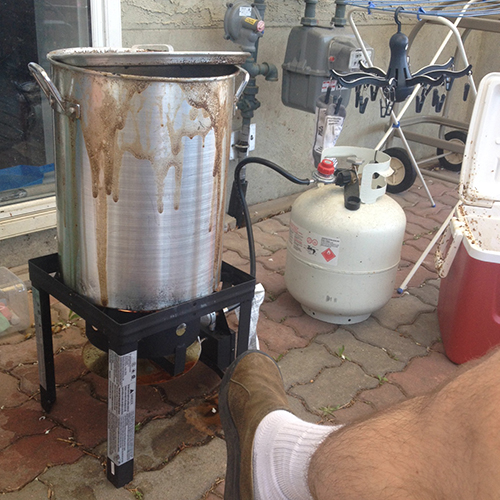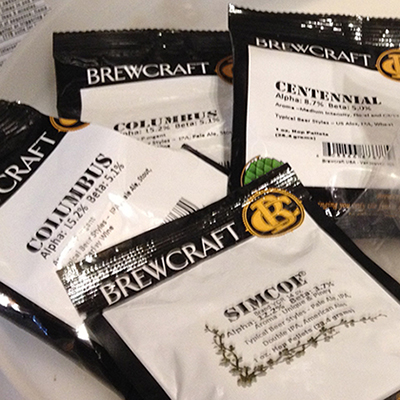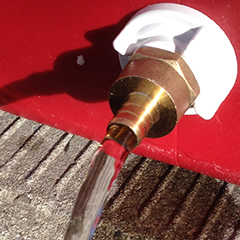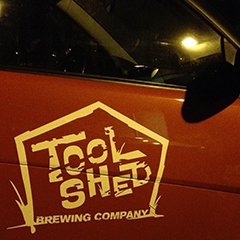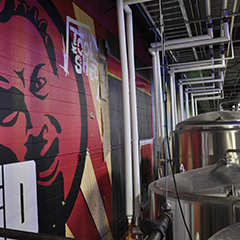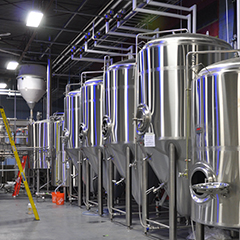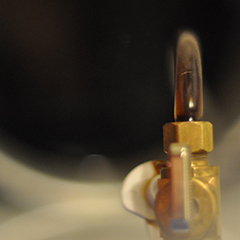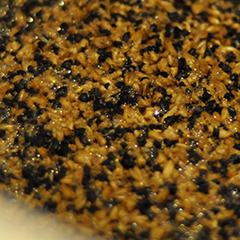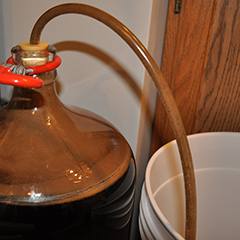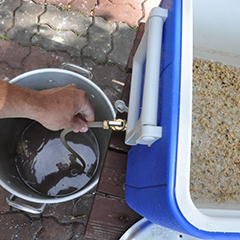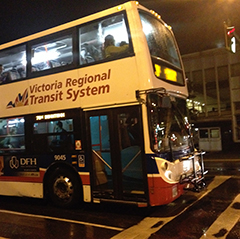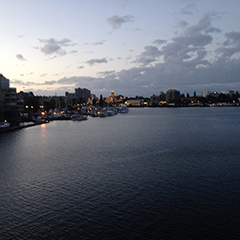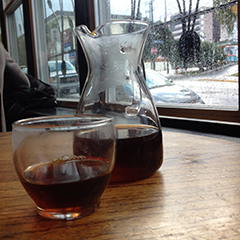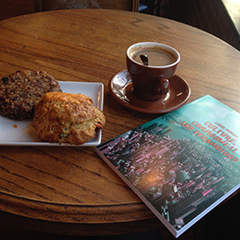
This is my first real collaboration with another brewer. I was contacted by my brewing mentor a week ago to see if I would like to come brew 4 batches of beer to help use up 50 lbs of left over grain and some aging hops. I supplied the yeast and my brewing equipment so we could brew 2 batches at a time.

I borrowed Alex's equipment for my first five all grain brews and ultimately modelled my nano brewery after his, so we've been in touch a fair bit over the last year. He put together recipes to match his load of munich and vienna malts. We looked at the hops he had left from competition wins and agreed on some combos.

Here are our recipe outlines:
India Amber Ale
Grain Bill: 4.5 lb 2-Row, 4.5 lb Light Munich, 1 lb Crystal 60º, 0.67 lb Victory, 0.25 lb Chocolate, 0.125 lb Melanoiden
Hops: 2.5 oz Experimental P09-2 (60 min), 2 oz Falconer's Flight (5 min), 2 oz Falconer's Flight (0 min)
Yeast: Wyeast 1203 Burton IPA

Oktoberfest
Grain Bill: 7.7 lb Light Munich, 4.5 lb Vienna, 1 lb Crystal 60º, 0.1 lb Melanoiden
Hops: 0.5 oz Aramis (60 min), 0.5 oz Aramis (30 min), 1 oz Aramis (15 min)
Yeast: Wyeast 2206 Bavarian Lager

Stout (Foreign Extra)
Grain Bill: 7 lb Vienna, 3.75 lb Light Munich, 0.7 lb Black Patent, 0.5 lb Victory, 0.5 lb Chocolate, 0.44 lb Melanoiden, 0.14 Peated Malt
Hops: 1 oz Experimental P09-2 (60 min), 2 oz Experimental P09-2 (30 min), 1 oz Experimental P09-2 (15 min)
Yeast: Wyeast 1469 West Yorkshire Ale
Scottish Heavy 70
Grain Bill: 4.75 lb Munich, 4.7 lb Light Munich, 1.7 lb Vienna, 0.3 lb Black Patent, 0.25 lb Chocolate, 0.25 lb Peated Malt, 0.125 lb Melanoiden
Hops: 1.5 oz Triskel (60 min)
Yeast: Wyeast 1728 Scottish Ale

We brewed from 10 am through to about 4 pm and Alex was going strong when I left with a fifth brew of his own. We plan on sharing our beer with our church's Man Scouts.
